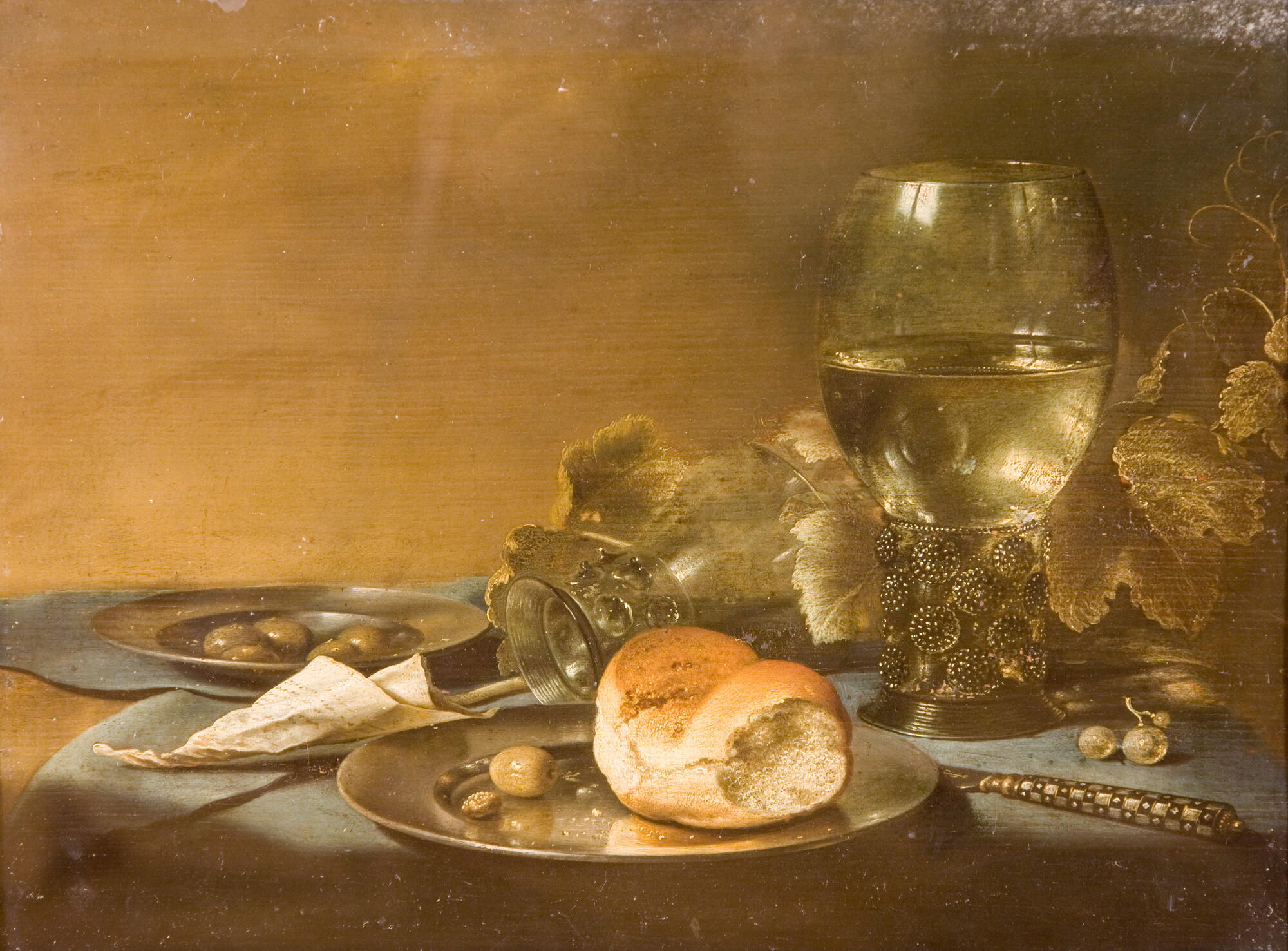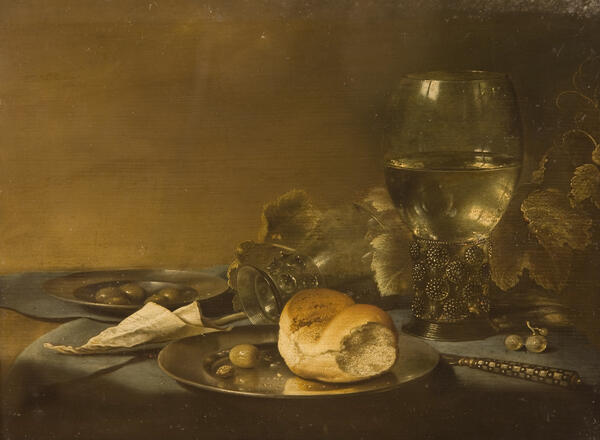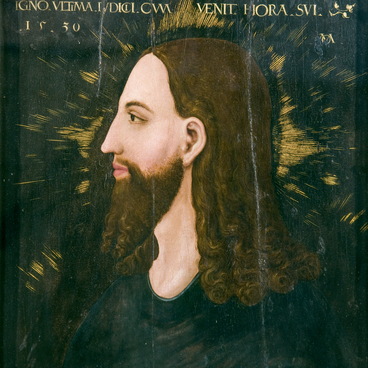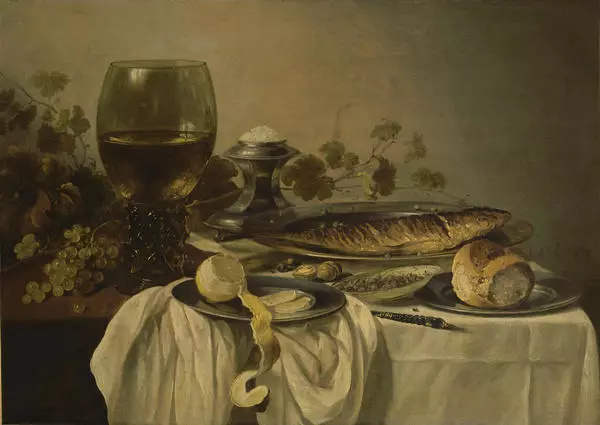The tradition of depicting commonplace objects and food originated in ancient art but it was not until the 17th century that it emerged as a distinct painting genre. It was actively developed during the Dutch Golden Age when various types of still life were identified, including flower, kitchen, and hunting paintings, banquet pieces, philosophical and ostentatious still lifes, still lifes with fish and even animals. Dutch still life painters were known as “the Little Dutch Masters”. This group included Jan Brueghel the Elder, Ambrosius Bosschaert the Elder, and Willem Kalf. Each style of still life had its own school. One of them was the famous Haarlem School of Still Life. It was named after the hometown of one of its founders, the painter Pieter Claesz. Haarlem produced two types of still life: monochromatic still lifes and banquet pieces.
Rich banquet pieces embodied the main subject of 17th-century Dutch art, the private life of wealthy people. The first independent Dutch generation enjoyed their life. Artists valued the aesthetics and glorified the lifestyle and environment in their still lifes. Later, Pieter Claesz abandoned luxurious banquets for breakfast pieces, a calmer and more modest genre.
In his painting “Breakfast”, Pieter Claesz depicted the few items that represented the everyday life of ordinary citizens. There is a large drinking glass known as a rummer, a bun on a silver plate, shiny olives, and a knife with an inlaid handle. Every detail has its purpose, indicating the income and status of its owner. The artist’s breakfast pieces were characterized by being slightly careless and messy which contributed to the coziness and tranquility of the image. The painter preferred to depict a rather modest collection of objects, without any cups made of clamshells, Venetian glasses, or oysters.
Pieter Claesz placed emphasis on the depiction of surface textures. He created a certain palette and developed the new monochromatic style of still life. He was a master of depicting overtones on glassware and metal dishware and avoided any bright color accents. The entire composition was determined by the noble silver and brown palette.
Rich banquet pieces embodied the main subject of 17th-century Dutch art, the private life of wealthy people. The first independent Dutch generation enjoyed their life. Artists valued the aesthetics and glorified the lifestyle and environment in their still lifes. Later, Pieter Claesz abandoned luxurious banquets for breakfast pieces, a calmer and more modest genre.
In his painting “Breakfast”, Pieter Claesz depicted the few items that represented the everyday life of ordinary citizens. There is a large drinking glass known as a rummer, a bun on a silver plate, shiny olives, and a knife with an inlaid handle. Every detail has its purpose, indicating the income and status of its owner. The artist’s breakfast pieces were characterized by being slightly careless and messy which contributed to the coziness and tranquility of the image. The painter preferred to depict a rather modest collection of objects, without any cups made of clamshells, Venetian glasses, or oysters.
Pieter Claesz placed emphasis on the depiction of surface textures. He created a certain palette and developed the new monochromatic style of still life. He was a master of depicting overtones on glassware and metal dishware and avoided any bright color accents. The entire composition was determined by the noble silver and brown palette.



